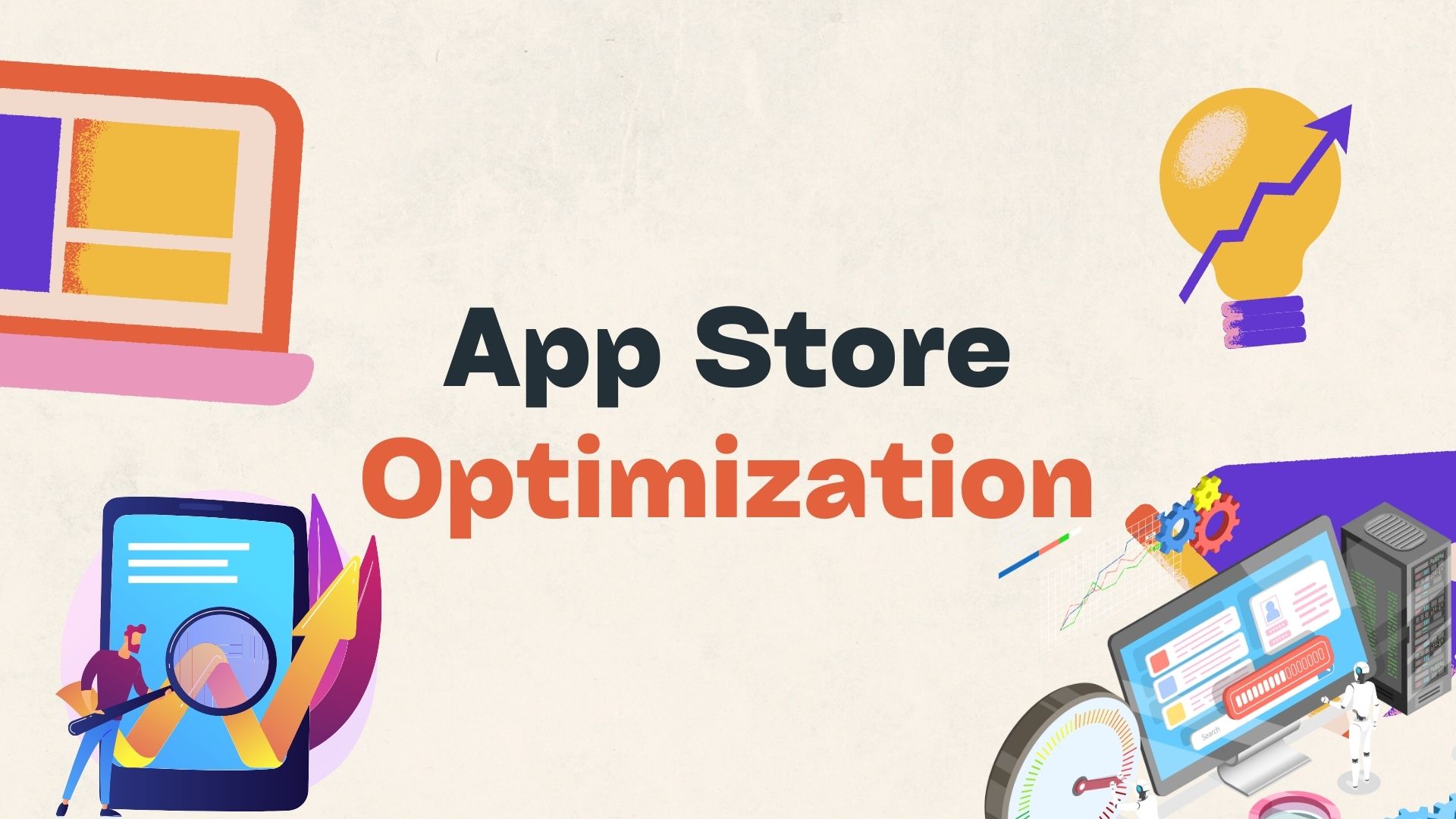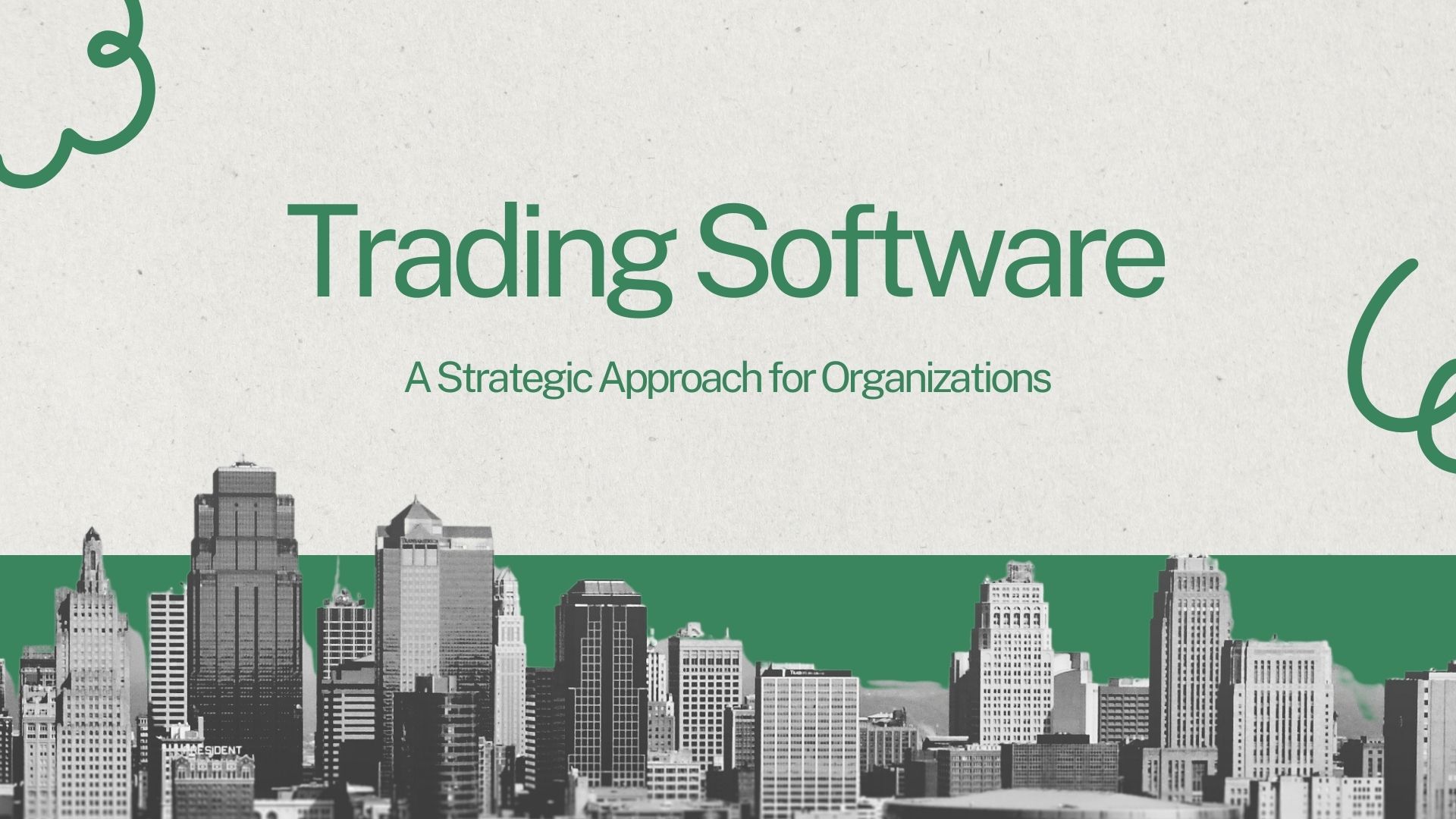Rethinking Mobile Business Intelligence
As if the advent of agile business intelligence wasn't enough of a puzzle, IT buyers are now being asked to wrap their minds around the notion of mobile business intelligence. There are several head-scratching features of mobile BI as it is advertised today:
· Today's hot analytics tools are all about deeper, more ad-hoc analysis based on data-stuffed enterprise reports, and floods of just-in-time data alerting real-time enterprises and driving more immediate decisions – in other words, lots of data with complicated relationships. How do you fit all that on a cell phone screen? How do you perform complicated analyses without a keyboard?
· What's the target form factor? First it seemed to be the iPhone, then the iPhone plus iPad, and now it appears to be a stew of iPhone, Android, iPad and other approaches.
· What's the use case? Is it sales-type customer interaction, with just-in-time price comparisons and local inventory search? Is it global marketing, with the executive travelling light and always in touch with local markets and corporate financials? Is it the manufacturing process, with supply-chain analytics in the middle of the factory floor or the warehouse? Is it glocality, with cheap cell-phone access driving thriving developing-country offices? What's the killer app?
I believe that there are straightforward answers to each of the above questions that should improve an enterprise's implementation of mobile business intelligence. However, to get to these answers we need to rethink some basic assumptions implicit in today's vendor “visions” of mobile BI. In particular, we need to shed the assumption of one-size-fits-all mobile hardware.
Death of the Laptop Exaggerated
The basic approach of many mobile BI vendors and IT users today reflects a sense that the mobile worker's future all-purpose mobile computing device will be the smartphone. After all, its consumer installed base is far greater than that of the PC, it is used for other sophisticated apps like performing transactions in bank accounts or (in Europe) waving the cell phone in front of a sensor to pay for purchases, and some predictions are that laptop sales will start to decline, while smartphone purchases continue a steep rise. If there is any future competitor, the conventional wisdom asserts, it is the iPad, which presently has some limits on its ability to perform enterprise apps and is larger (and therefore less “mobile”).
However, research that looks more closely at how workers are using mobile devices today paints a very different picture. To handle their mobile needs, these workers employ what I call a “three-legged stool”:
· For “wandering around” in the immediate area, such as around the office or factory floor, mobile workers use smartphones, because they are light, don't require placement on an object for use, and can use the Internet constantly in pretty much any area via cell phone networks.
· For moving around locally and then finding a stable site to work from, a netbook (and now possibly an iPad) is preferred. They can be carried for long distances (say, in a bag), they have larger screens for more complicated output, and netbooks have keyboards for complicated input. By “tethering” a cell phone or getting a special attachment, the netbook user can get the same access to the Internet as a smartphone. At present, the netbook lacks the touch screen capabilities of the iPhone and iPad, but there are indications that within a year both hardware and operating system (Windows 8) vendors will support touch screens in laptops and PCs.
· For traveling beyond the local area, a full-fledged laptop is preferred. Users view both the smartphone and netbook as too “crippled” to do all of the corporate tasks that they may want to do when they are away from home for a long time. Again, note that the keyboard is an important plus in these cases, due to the use of “legacy” corporate user interfaces, and tethering or attachments will yield Internet access anywhere. In effect, the destination of the travel becomes a new “office away from office,” with a laptop replacing the PC and a smartphone still used for wandering around locally.
In fact, it is possible to view today's mobile user as creating a “mobile mobile office,” where one's traditional physical office with its PC, extended locally by the smartphone and netbook, can now be mimicked halfway around the world. And that, in turn, means that there will still be plenty of demand for laptops in the near future.
Fine-Tuning Mobile Business Intelligence
This vision of a “mobile mobile office” suggests some answers to the questions I posed at the start of this article. Let's take each of them in turn:
How do you fit BI on a cell phone screen? You don't. All you need to support is the simple business intelligence needed when one is wandering around in one's immediate area – do we have this in stock? Is there a problem in the store? For those spare minutes where you as a manager need to dig deeper, there's the netbook.
What's the target form factor? For the immediate future, it appears that mobile workers' “mobile mobile office” will not change drastically. Long-distance travelers will still want keyboards, and the smartphone's advantages of touch interfaces and ubiquitous Internet access are vanishing. It is possible that extensions to the netbook will make it serve adequately as both an iPad and a full-fledged laptop. Therefore, the mobile BI implementer should consider targeting at least two and probably three form factors (note the netbook/laptop typically already has a fair amount of enterprise IT support). The cell phone and laptop platforms have a ways to go to merge, but via such offerings as Google's Android cell phone OS and Chrome network computer OS, it is possible to envision a “one API to choke” common platform across the two, to which the implementer can port enterprise business intelligence client software and mini-apps.
What's the use case? In fact, with solutions for each type of mobility, the answer is: all of the above. The sales call is local; the manufacturing floor is immediate-area; the long-distance traveler is a full-fledged “mobile mobile office,” and so is the developing-market physical office. And that, in turn, means that there is no single killer app for mobile BI. All of the above use cases will benefit from providing such a mobile extension to the existing BI solution to the mobile worker.
The Mobile BI Bottom Line
The message of users' employment of mobile technology is that the way is now clear to providing a reasonable equivalent to the key promised benefit of mobile business intelligence – in-depth, ad-hoc analysis of key data, no matter where you are, moving or not. Rethink mobile BI, tune the implementation plan to support the three-legged stool I have cited above, and there is a clear path to such a mobile BI solution.
That doesn't mean that implementing such a solution will be easy. To cite just a few difficulties: you need to minimize the costs and time of developing new apps for multiple, disparate mobile platforms; you need to identify the specific use cases for each platform for your own business; and you need to “future-proof” the platform, as it is likely that one or more of the three platform types in the three-legged stool will change significantly over the next year or so, in predictable (Windows 8 touch screens) and unpredictable (will Android succeed?) ways.
However, implementation difficulties should not be a barrier to starting to create your three-legged stool today. In fact, the fast pace of change in the mobile market only makes a quick start more urgent. Remember, the smartphone app market is consumer-driven, as is your mobile technology's enterprise use. The more you lag the market, the less able you are to support the mobile data analytics that your company's consumers/employees may well do with you or without you – not to mention without adequate corporate security.
And, best of all, with an adequate mobile BI plan in place, you can go back to scratching your head about agile BI.
Wayne Kernochan of Infostructure Associates has been an IT industry analyst focused on infrastructure software for more than 20 years.

Wayne Kernochan has been an IT industry analyst and auther for over 15 years. He has been focusing on the most important information-related technologies as well as ways to measure their effectiveness over that period. He also has extensive research on the SMB, Big Data, BI, databases, development tools and data virtualization solutions. Wayne is a regular speaker at webinars and is a writer for many publications.



